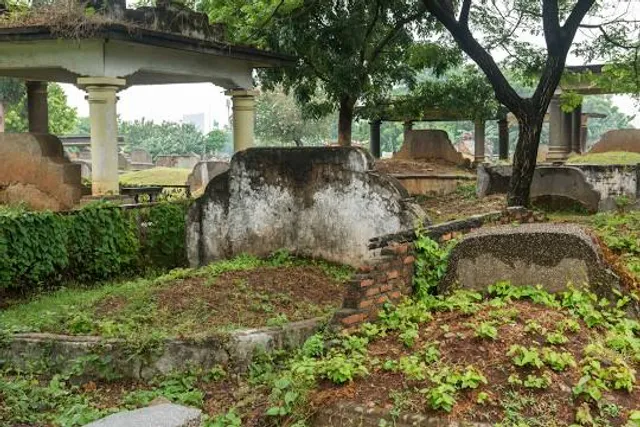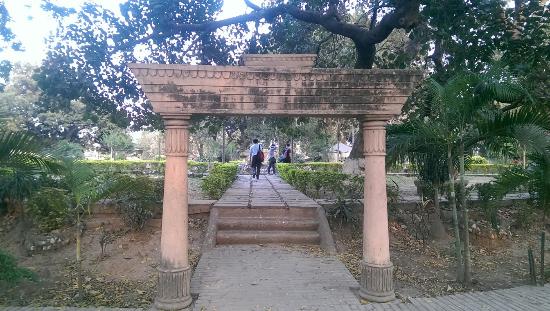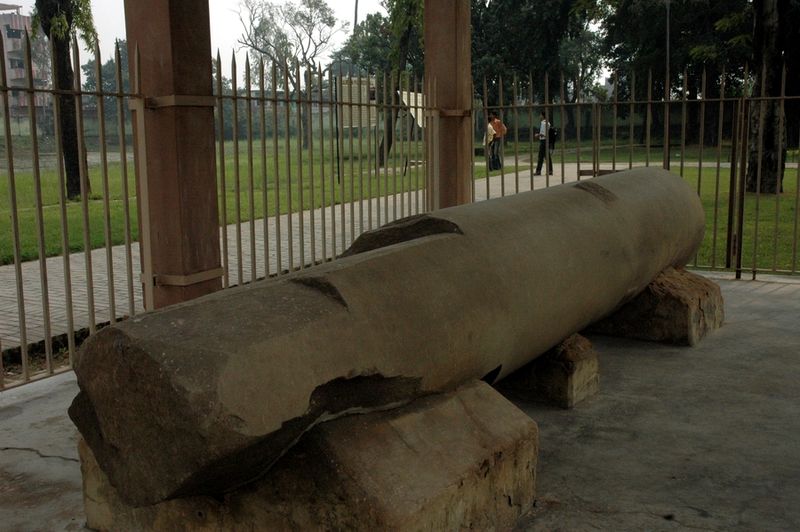Kumhrar Park things to do, attractions, restaurants, events info and trip planning
Basic Info
Kumhrar Park
Kumhrar, Patna, Bihar 800026, India
4.0(6.9K)
Open 24 hours
Save
spot
spot
Ratings & Description
Info
Cultural
Outdoor
Family friendly
attractions: Bhootnath Shiv Mandir, restaurants: The Backstreet Kitchen, The Harilal’s, Biryani Charminar, Chicago Pizza - Kumhrar | Best Pizza in Patna, Anpuma Veg Rasoi Ghar, Patna bites, Maharaja Restaurant and Cafe, Triple F Tandoor & Biryani, Domino's Pizza | Bahadurpur, Patna, Rashmi Mess
 Learn more insights from Wanderboat AI.
Learn more insights from Wanderboat AI.Plan your stay

Pet-friendly Hotels in Bihar
Find a cozy hotel nearby and make it a full experience.

Affordable Hotels in Bihar
Find a cozy hotel nearby and make it a full experience.

The Coolest Hotels You Haven't Heard Of (Yet)
Find a cozy hotel nearby and make it a full experience.

Trending Stays Worth the Hype in Bihar
Find a cozy hotel nearby and make it a full experience.
Reviews
Nearby attractions of Kumhrar Park
Bhootnath Shiv Mandir

Bhootnath Shiv Mandir
4.4
(457)
Open 24 hours
Click for details
Nearby restaurants of Kumhrar Park
The Backstreet Kitchen
The Harilal’s
Biryani Charminar
Chicago Pizza - Kumhrar | Best Pizza in Patna
Anpuma Veg Rasoi Ghar
Patna bites
Maharaja Restaurant and Cafe
Triple F Tandoor & Biryani
Domino's Pizza | Bahadurpur, Patna
Rashmi Mess
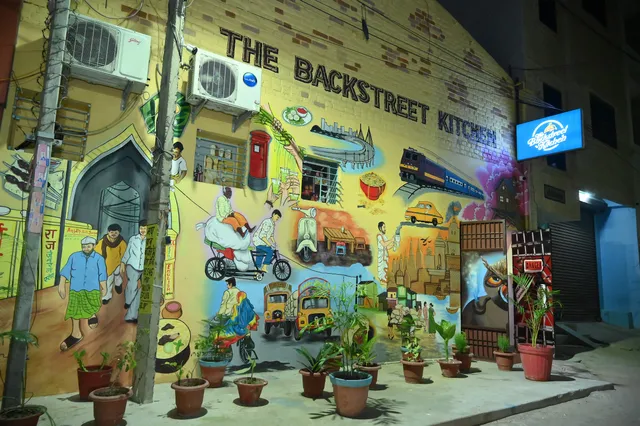
The Backstreet Kitchen
5.0
(15)
Click for details
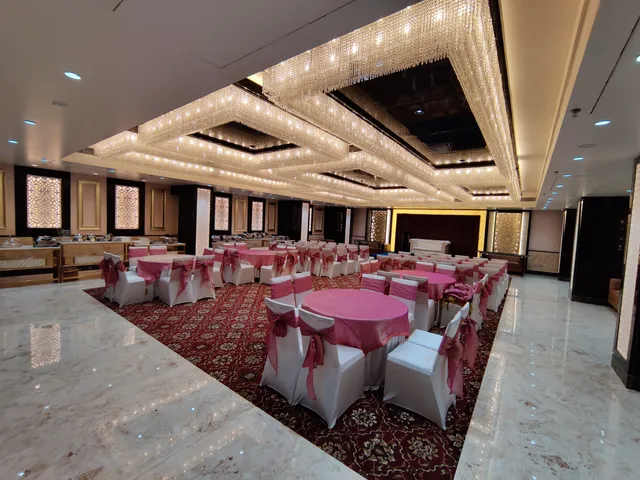
The Harilal’s
4.1
(1.4K)
Click for details

Biryani Charminar
3.7
(431)
Click for details

Chicago Pizza - Kumhrar | Best Pizza in Patna
3.9
(84)
$$
Open until 5:00 AM
Click for details
